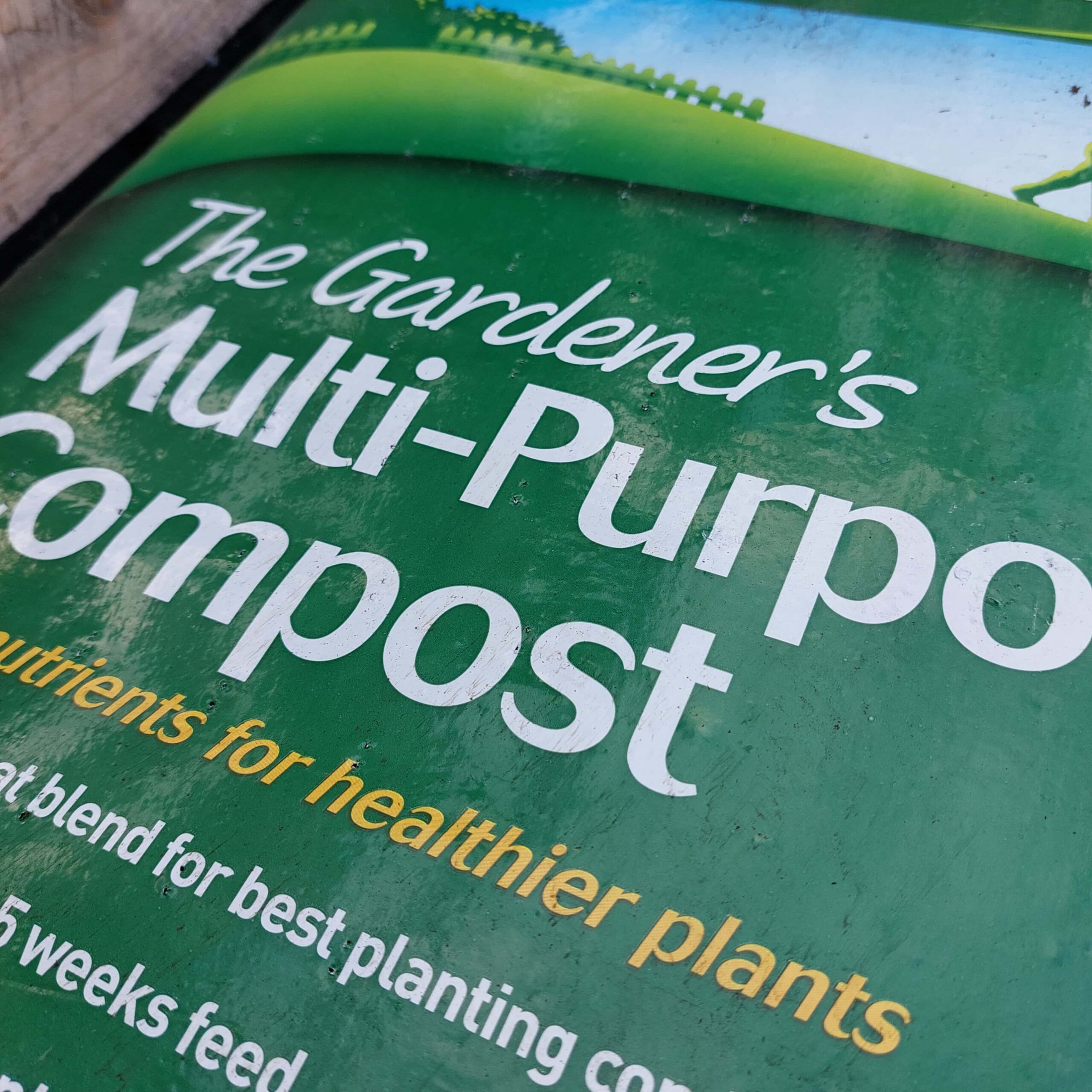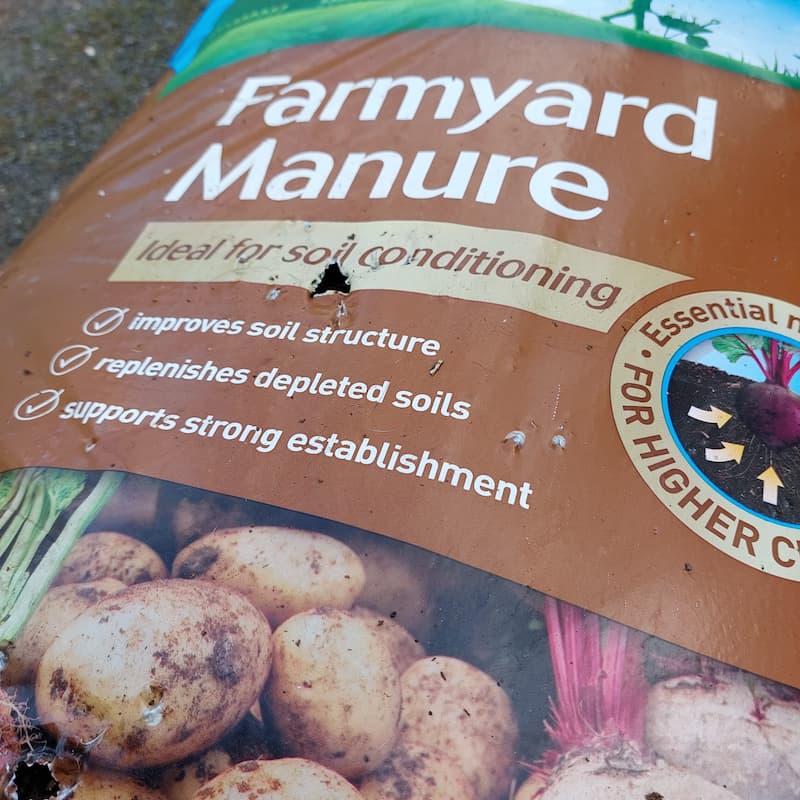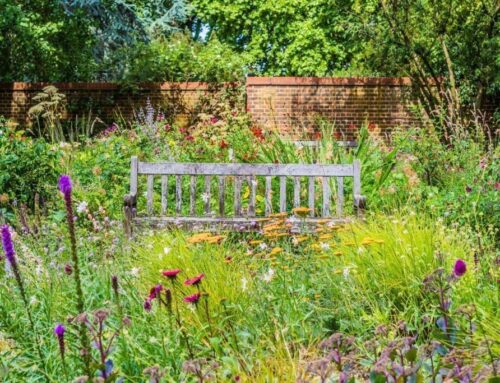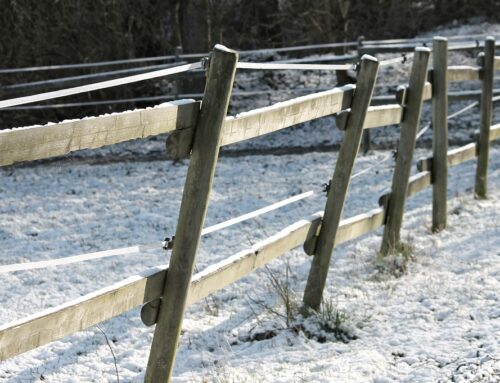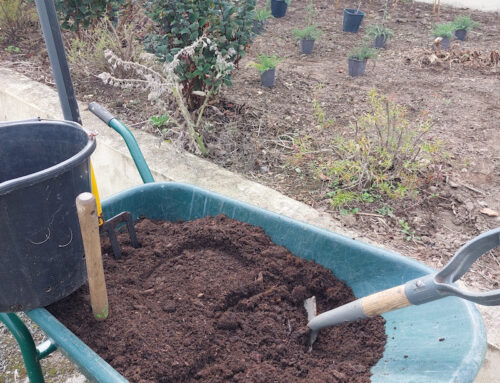Growing vegetables for beginners is pretty easy and can be one of the most rewarding things you can do in your garden no matter how large or small. Nothing beats the freshness of produce picked from just outside your back door. Zero food miles and no harsh chemicals; what could be better for your family and wallet.
Here are a few simple garden care steps on your way to green fingered success.
- Start slow and small, expand with your knowledge.
- Choose your veg carefully and only grow for your needs.
- Plan your veg garden and choose its location.
- Make sure your beds contain the best soil possible.
- Learn about possible pests and diseases.
Following these steps will give you an abundant kitchen garden, lets take a look at things in a little more detail.
Start small and grow with knowledge
Vegetable gardening can be rewarding and fruitful in even the smallest of spaces. You certainly don’t need acres of ground to grow your own salads and herbs and you’ll be thrilled with your first harvest; trust me ;)
Starting small lets your get familiar with gardening if you are new to it, and avoids you becoming overwhelmed by having to maintain a big veg garden with the limited time we all have in our modern daily lives.
Salads and baby root vegetables can be grown in a window box on a sunny window sill or even in a standard sized plant pot. If you want to get really creative, why not grow rocket or chives in an old boot. Vegetables will happily grow in most things given the right amount of care.
I would recommend that you aim to start out with a growing area of about 24 sq feet ( 2 sq metres) this would equate to a standard size raised bed of 6ft x 4ft (1.8m x 1.2m) and would be ideal for a beginner as it will reduce the amount of weeding and maintenance needed.
Now this could be an existing bed in your garden, a purpose built raised bed or a mixture of containers that when put together roughly give you the same growing area of 24 square feet.
The reason I am emphasizing growing within an ideal 24 square feet, is due to the method of Square Foot gardening developed by Mel Bartholomew in the 1980’s. This approach gets the maximum amount of food out of a small space. I will go more in depth in to square foot gardening in another article.
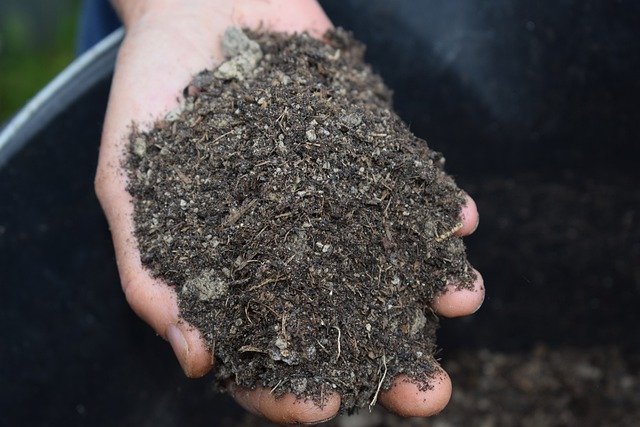
Grow what you love to eat, you’ll enjoy it more
Potty about peas or simply adore spinach; growing what you love to eat is a very important thing when choosing what to plant in your vegetable garden. There are many things to consider when choosing your veg, but liking it is certainly the main one, don’t worry it’s not as complicated as it might sound.
Lets take a look at a few things that you normally need to know.
- Sowing/Planting season – It is important to know when your veg can be started as this will affect your veg garden planning as we will discuss later.
- Harvesting season – As with sowing time, knowing when your produce will be ready to harvest not only tells you when your delicious food will be perfect to enjoy but also how long that particular vegetable will occupy its growing space.
- Growing conditions – As with garden plants, vegetables tend to like their environment to be just right. This can include soil type and fertility, drainage, depth of soil, amount of sunlight and average temperature among others.
- Productivity – Be careful how many vegetable plants you grow, you may end up with a glut of produce that you just cant eat before it spoils.
Vegetables are sun lovers, choose your location
Who doesn’t want to sit bathing in the summer sunshine all day; veg plants are no different.
Most vegetables ideally require around 6 hours of direct sunshine to ensure maximum productivity. Now your garden may not allow for exactly this amount of time but don’t worry. As long as the veg are not in deep shade they will grow, it may just be a little slower and the growing season can be a little bit shorter. A nice spot, sheltered from strong winds can also prove beneficial to the happiness of your plants.
Happy plants are productive plants!
A productive veg garden starts with a planting plan
To ensure that your veg garden will be really productive, having a list of what you want to grow throughout the season will really help you when it comes to sowing seeds, planting out and harvesting.
A plan will make sure that no space in your beds or containers is ever standing idle.
I go more in depth on how to plan your veg garden in this post.
Boost your soil for maximum productivity
If you want to have a successful vegetable patch then the one thing you must have above all else is great healthy and fertile soil.
There are many types of soil that can be found in gardens, from moisture and nutrient rich clay to dry and infertile sand. No matter which type you have, we can always improve it and make it perfect for growing veg. Checkout this blog post all about the types of soil and how to quickly improve it.
If you are planing on growing in a raised bed or in the ground then adding plenty of organic matter will improve both the fertility of the soil, loosen up its structure and help retain moisture in sandy soils.
When growing in containers you will probably use compost as your growing medium, this can dry out very quickly in pots so I would recommend that you add some well rotted manure to the mix. This will not only give the compost a boost but also help with water retention.
Watch out for weeds, pests and diseases
A big advantage to growing in containers is that weeds will definitely be kept to a minimum, and pests can be controlled more easily.
When starting out in veg gardening there are lots of things to look after, sowing, pricking out, watering and harvesting will keep you very busy. This is why I recommend that you start small with containers and make life much easier for yourself.


